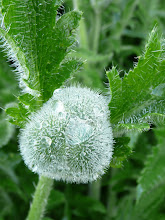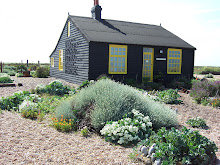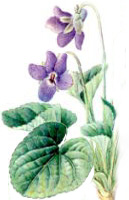
my photo
GOOSEBERRIES - Anticipation
I have one small gooseberry bush, another freebie from my Dad. It doesn't bear much fruit, only enough for me to pick off to eat raw as I am going around my garden business. I would love more space for more bushes, I just love them, and maybe if I had more, I could make my favourite jam or my most favourite crumble. For the moment I shall just have to go out and buy them from someone else.
The Eat the Seasons website gives all the information you would ever need to know about a gooseberry.

I really like these Gooseberry Patch calendars which you can buy from Amazon. I must remember to get one for 2009!



































































































